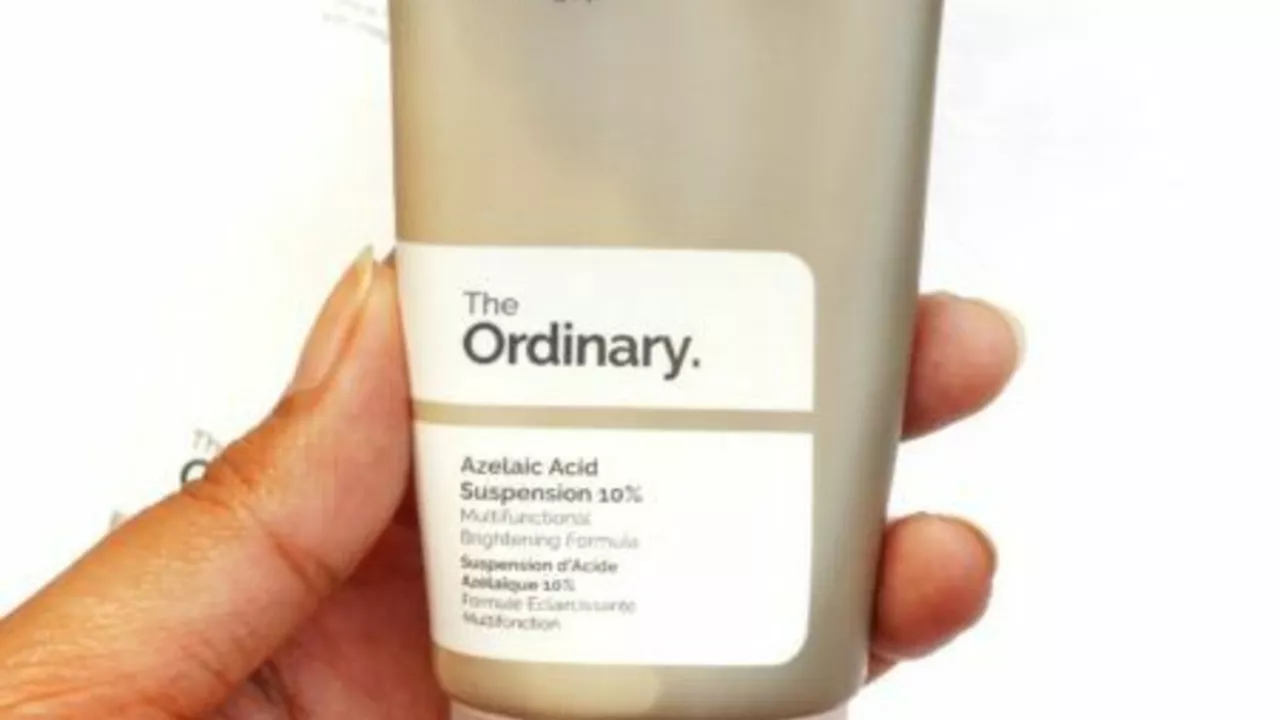Sensitive Skin: Practical Care Tips & Common Triggers
If a new cream makes your face burn or your cheeks go red, that’s a real problem — not just a cosmetic quirk. Sensitive skin reacts faster and stronger to products, weather, and stress. The good news: small routine changes usually help a lot.
What usually causes reactions
Triggers are often easy to spot: fragrances, essential oils, alcohols, strong acids (like high-strength AHAs or BHAs), and some preservatives. Hot water, harsh scrubs, and overuse of actives can strip the skin barrier and make things worse. Seasonal shifts, stress, or new detergents can also spark flare-ups. Common conditions that look like sensitivity include eczema, rosacea, and contact dermatitis — so what feels like "sensitive" might need a specific treatment.
Read labels. "Fragrance-free" is usually safe; "unscented" can still hide masking scents. Look for short ingredient lists and avoid long names you don’t recognize. Products with ceramides, glycerin, hyaluronic acid, and niacinamide often help rebuild and calm the barrier.
Quick daily routine
Keep it short and gentle. Use lukewarm water and a soft, non-foaming cleanser once or twice a day. Pat dry — don’t rub. Apply a lightweight moisturizer while skin is slightly damp to lock in hydration. Choose mineral sunscreen (zinc oxide or titanium dioxide) for sun protection; chemical sunscreens can sting sensitive skin.
A simple shopping checklist: fragrance-free, alcohol-free, low on actives, with barrier-supporting ingredients (ceramides, fatty acids, hyaluronic acid). Avoid exfoliating tools and peels until your skin calms down. If you want actives like retinol or acids, introduce them slowly — every few nights, not every night.
Patch testing saves time and irritation: apply a tiny amount behind the ear or on the inner forearm, wait 48 hours, and watch for redness or itching. If nothing happens, try the product on a small face area for a few days before full use.
Quick fixes for flare-ups: cold compresses, oat baths, and plain emollient ointments (like petroleum jelly) to protect the barrier. Aloe vera can soothe — but patch test it first. Avoid topical steroids without advice; short courses help some inflammation, but long-term use can thin skin and cause problems.
Clothing and home care matter too: switch to fragrance-free laundry detergent, avoid fabric softeners, and wear breathable fabrics like cotton. Humidifiers in dry months keep skin from drying out.
When to see a doctor: if you get swelling, intense pain, spreading redness, pus, or if over-the-counter fixes don’t help after a few weeks. A dermatologist can test for allergies, diagnose conditions like rosacea or eczema, and recommend prescription treatments or patch testing.
Small changes — gentler cleanser, fragrance-free products, better sunscreen, and a short routine — often stop most flare-ups. Try one change at a time and give your skin a few weeks to respond.

